Introduction: Why Bone Meal Deserves a Spot in Your Garden
If you’re looking for a natural way to support plant growth and develop strong roots, bone meal for plants is one of the most effective organic fertilizers available. This classic soil amendment provides essential nutrients, especially phosphorus and calcium, that help plants form sturdy root systems, vibrant flowers, and abundant fruits.
Used for generations by gardeners, bone meal fertilizer is perfect for root crops like onions and garlic, flowering bulbs, and fruiting vegetables.

What Is Bone Meal and What Is Bone Meal Used For?
Bone meal is a fine powder made from steamed and ground animal bones—typically from cattle or fish. It’s a rich, natural source of phosphorus and calcium, two minerals that encourage root growth and overall plant growth.
Because it releases nutrients slowly, bone meal acts as a slow release fertilizer, feeding plants over time instead of all at once. If you prefer a marine-based option, try Fish Bone Meal 3-16-0 for similar benefits with trace minerals.
Learn more from our Down to Earth Bone Meal video or the Down to Earth Fish Bone Meal video.
How Bone Meal Is Made
Bone meal begins with animal bones that are cleaned, steamed to sterilize, dried, and ground into a fine powder. Steamed bone meal, like Down to Earth Steamed Bone Meal 3-15-0, keeps nutrients stable and safe for garden use.
The result is a nutrient-dense product that gradually releases calcium and phosphorus, improving root and bloom development.

How Bone Meal Fertilizer Works
When you apply bone meal, it slowly breaks down in the soil, releasing phosphorus and calcium over several weeks or months. This slow release action promotes steady root growth, better flowering, and fruit production.
It’s especially helpful for:
- Root vegetables like garlic, onions, and carrots
- Flowering plants such as roses, marigolds, and peonies
- Fruiting crops like tomatoes and peppers
For faster results, use Liquid Bone Meal (Qt), which is absorbed quickly by plant roots.
Soil pH and Preparation
Bone meal works best in acidic to neutral soils with a soil pH below 7.0. In alkaline soil, phosphorus becomes less available. Always perform a soil test with a soil testing kit before adding bone meal or other organic fertilizers.
If your soil is too alkaline, balance it with Cottonseed Meal, peat moss, Soil Sulfur, or acid-loving fertilizer to improve nutrient availability.
How Much Bone Meal Per Plant and How Much Bone Meal to Add to Soil
Knowing how much bone meal per plant to use is key to avoiding over-fertilizing. Here are simple guidelines for how much bone meal to add to soil:
- Vegetable beds: 5–10 lbs per 100 square feet
- Bulbs or transplants: 1–2 tablespoons per planting hole
- Potted plants: ½ cup per cubic foot of potting mix
- Trees: 1 lb per 2 inches of trunk diameter
Mix it into the soil instead of trying to top dress, since the scent can attract pets.
If your soil already has high phosphorus levels, try Seabird Guano Hi-P 0-11-0 or Oyster Shell Flour as alternative calcium sources.

Best Uses for Bone Meal Fertilizer
Bone meal supports plants that need phosphorus for roots and flowers:
- Root crops like carrots, onions, garlic, and beets
- Flowering annuals and perennials
- Young trees and shrubs developing strong roots
Visit the Garlic Resource Center or use our Garlic Selector Tool to choose the best varieties for your climate.
Bone meal is also valuable when transplanting because a small amount added to each planting hole helps new plants establish faster.
Common Problems and How to Avoid Them
Too much bone meal can upset soil balance. Excess phosphorus may block nutrients like zinc and iron, so always start with a soil test.
Because it’s made from animal bones, bone meal can attract pets or wildlife. Mix it into the soil and store leftovers in airtight containers. If you prefer a low-odor alternative, try Calphos Soft Rock Phosphate.
Conclusion
Bone meal fertilizer is a trusted, natural way to enrich your soil and boost plant growth. By supplying calcium and phosphorus through a slow release process, it helps plants form strong roots and healthy blooms.
To get the best results, apply bone meal in the right amount, blend it into the soil, and balance it with other organic fertilizers. Start with a soil test and use only a small amount per planting hole or 100 square feet.
Explore all bone meal products and organic fertilizer options at Grow Organic to give your plants the essential nutrients they need for long-lasting success.



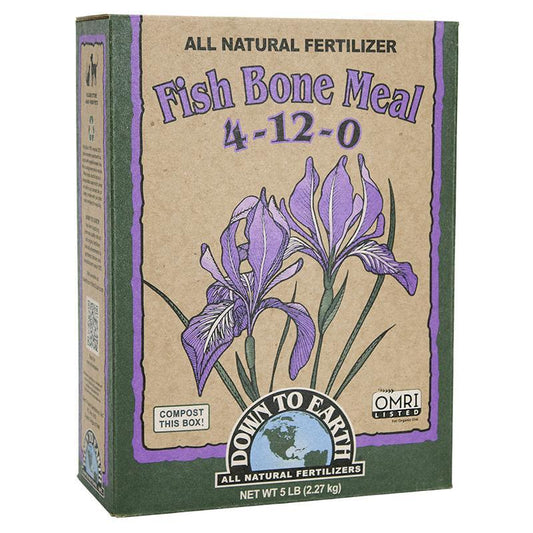
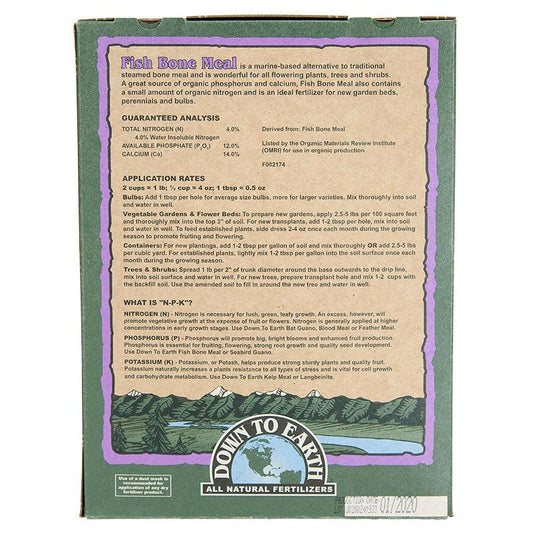
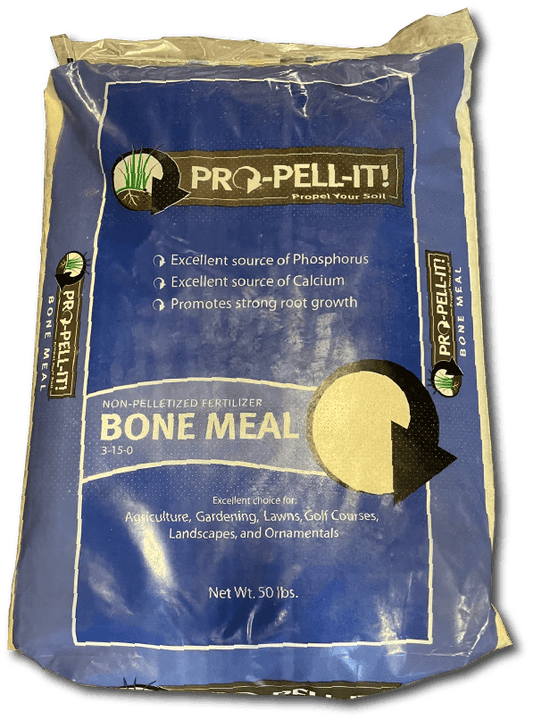
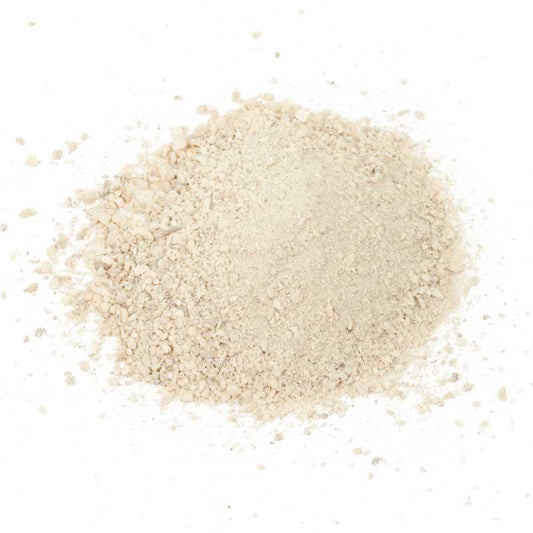
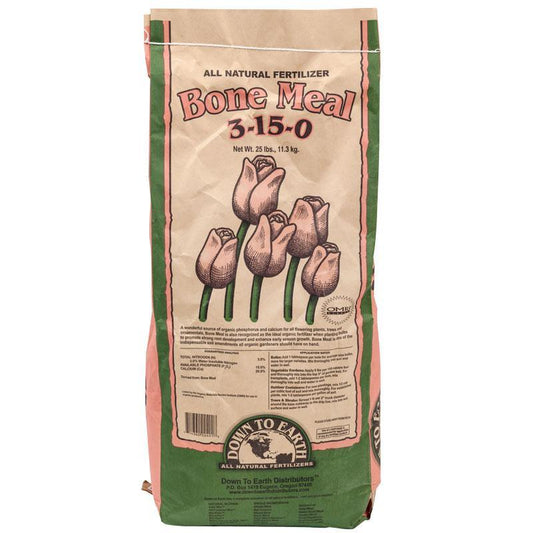
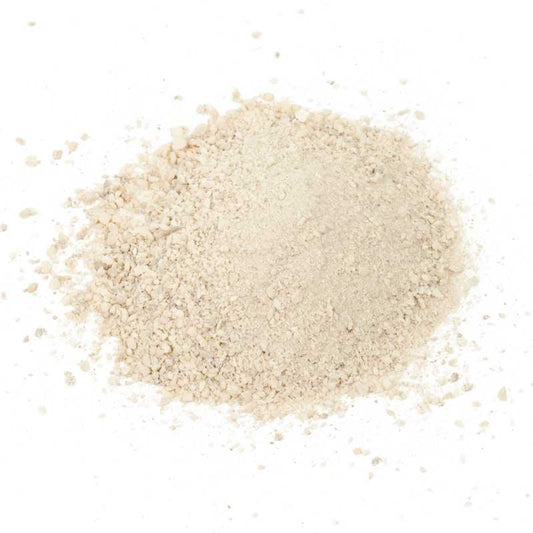
10 comments
Rose, please read the product label for directions on frequency of application.
How often can liquid bonemeal be used as a soil soak? Weekly, monthly, every few days?
hmm… bone meal hasn’t crossed my mind. But now this gives me an idea, and tips too! I will gladly follow, thank you so much! Nice article by the way.
Really good article. It’s gonna be the first time I’m using bone meal and I now know how to use it perfectly :)
Thank you!!!
Sipho, without looking at the worms, it is impossible to tell what they are. They would not be coming from the bone meal, since it is processed and dried. If you are worried you can move the garlic to new soil.